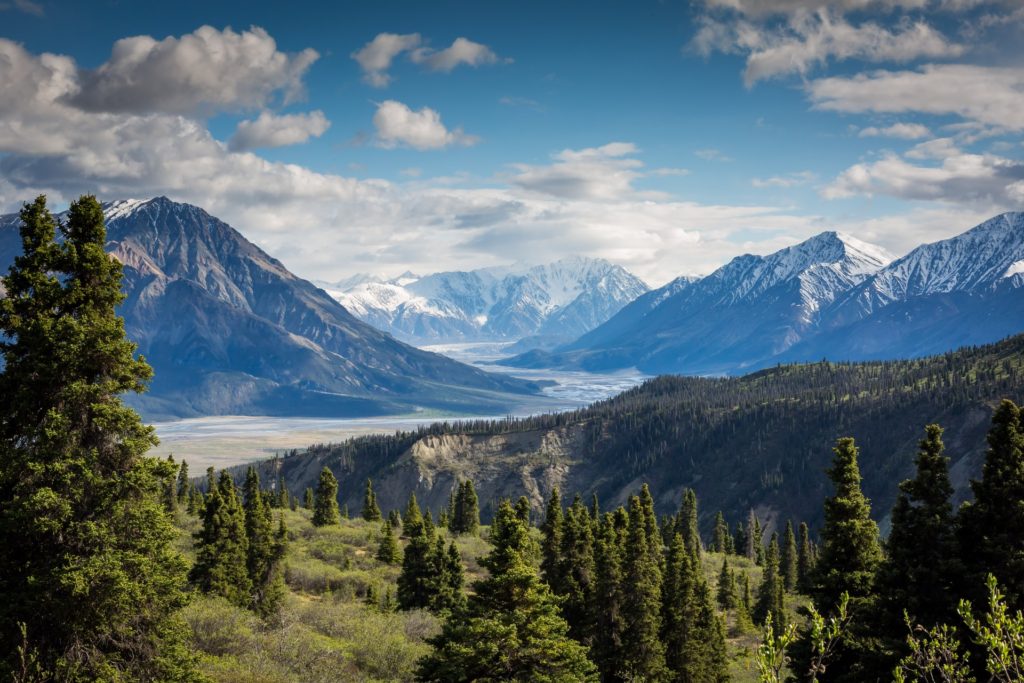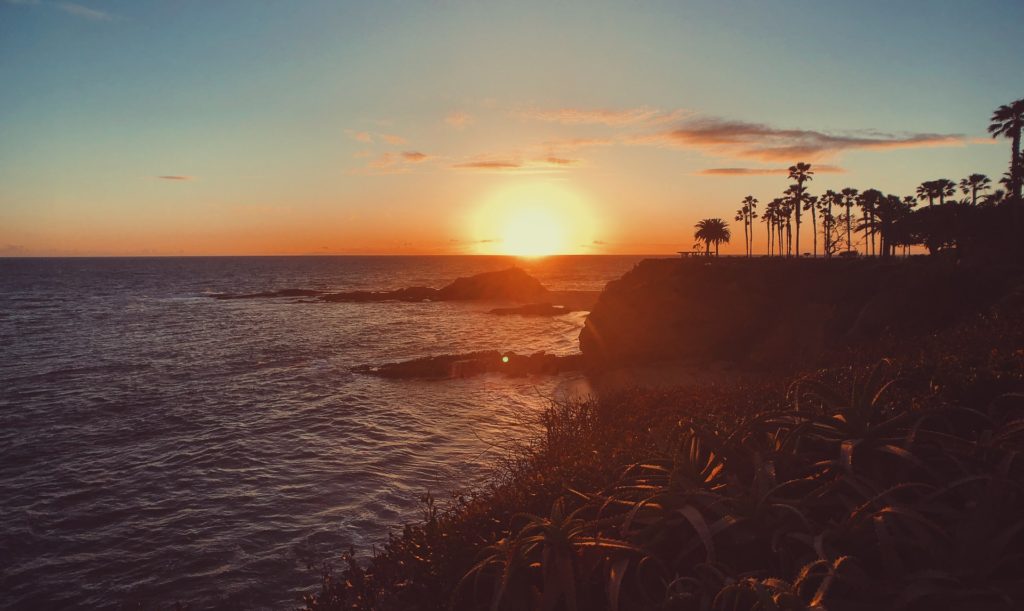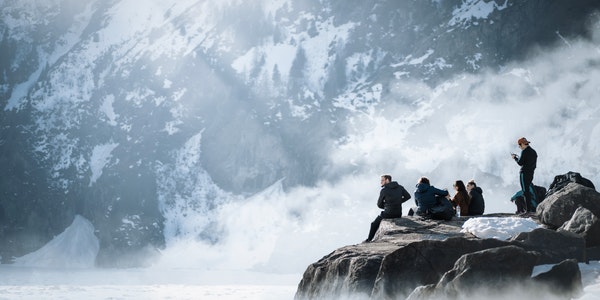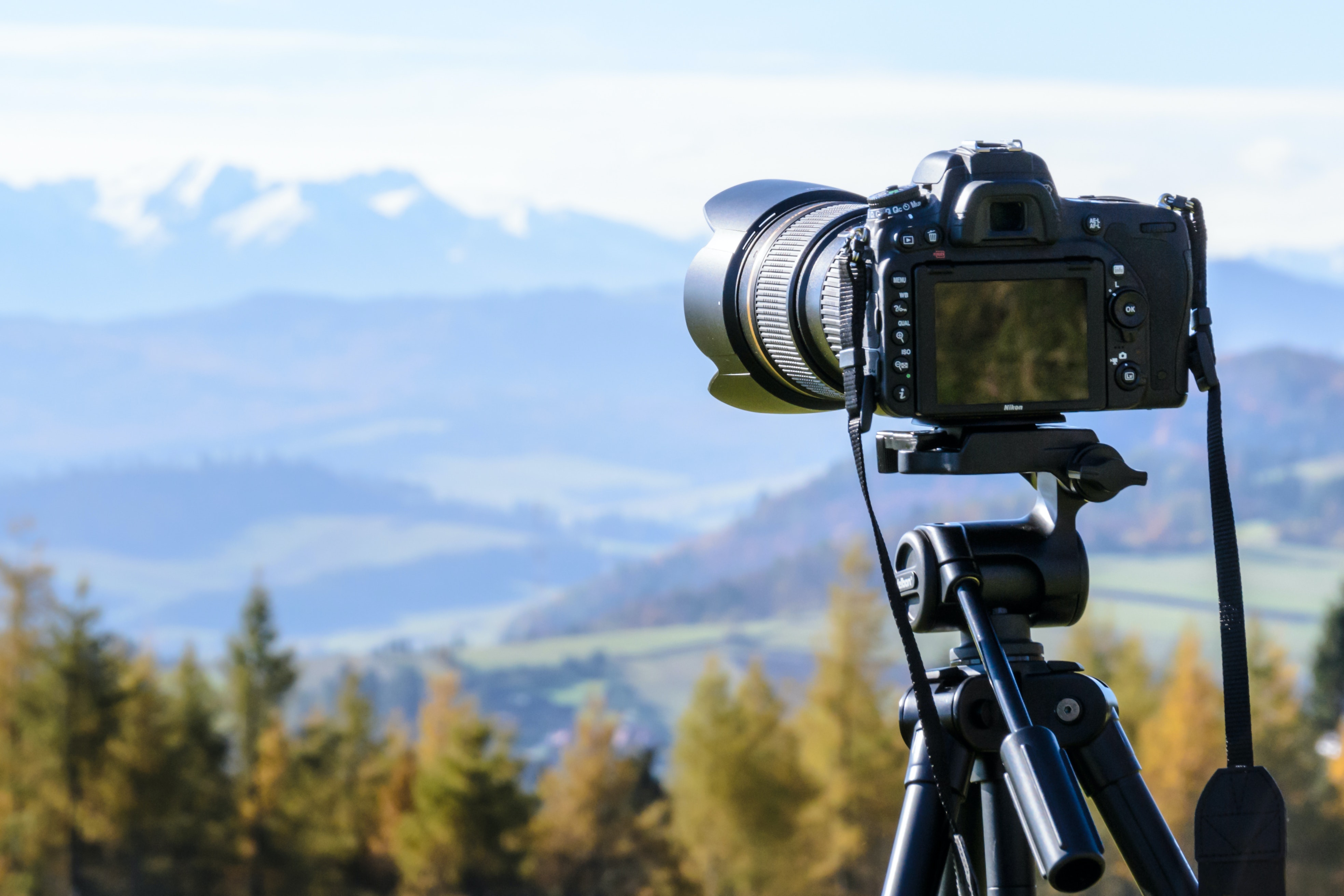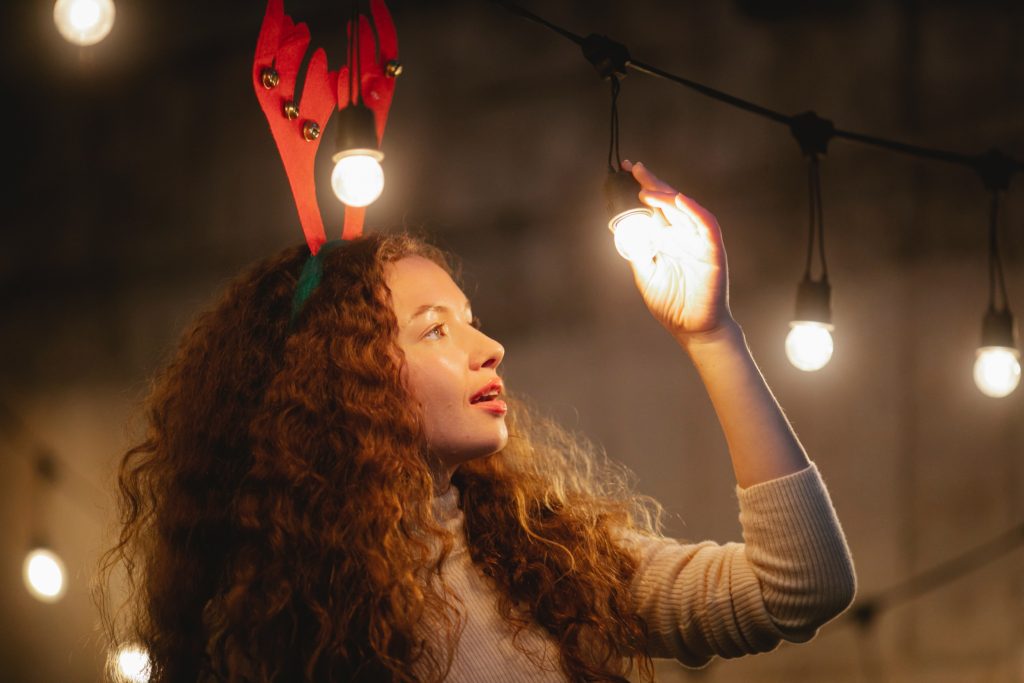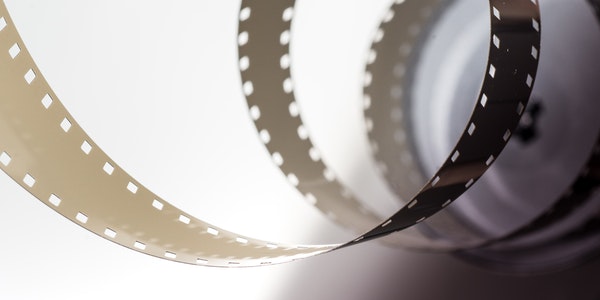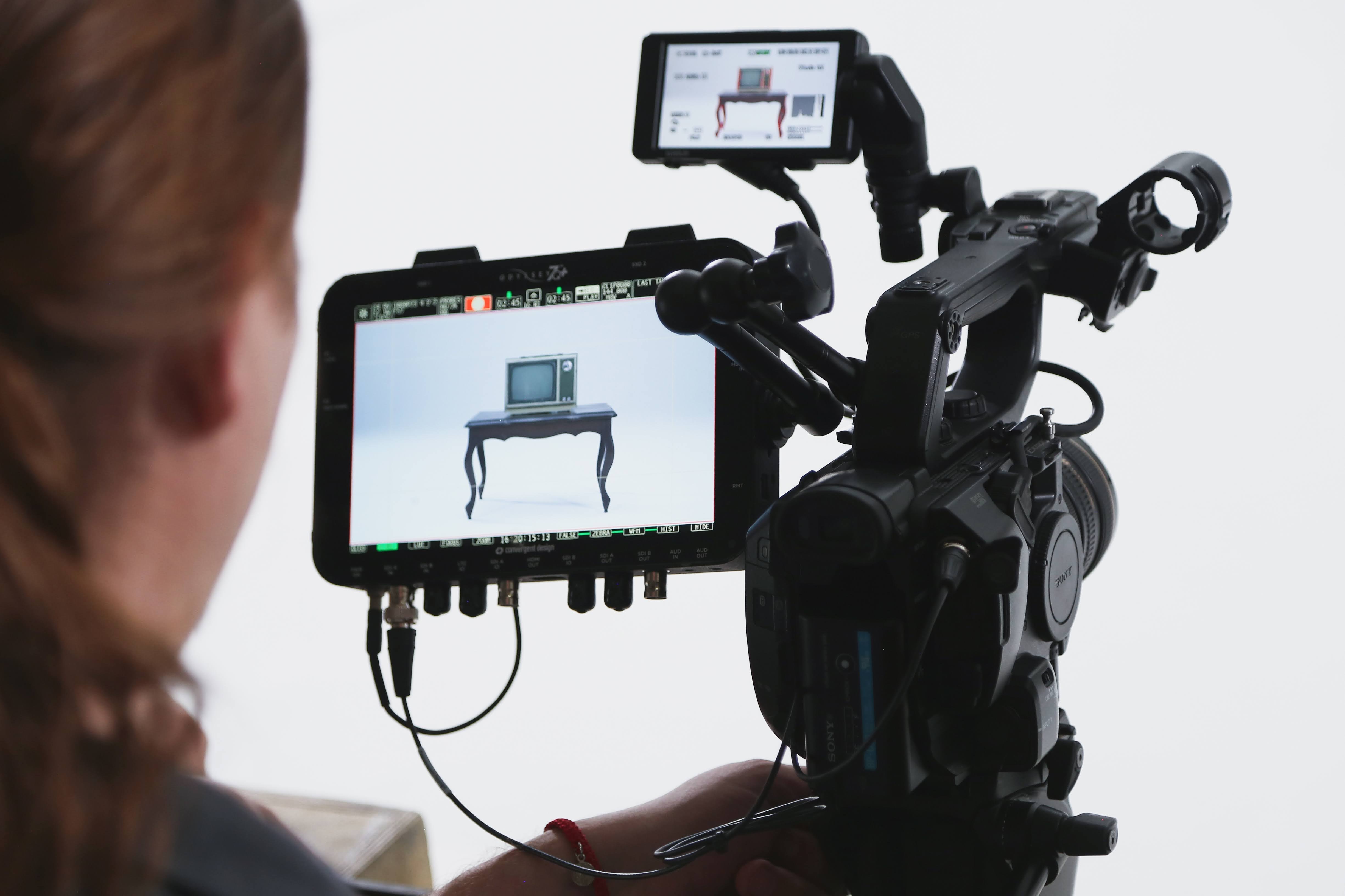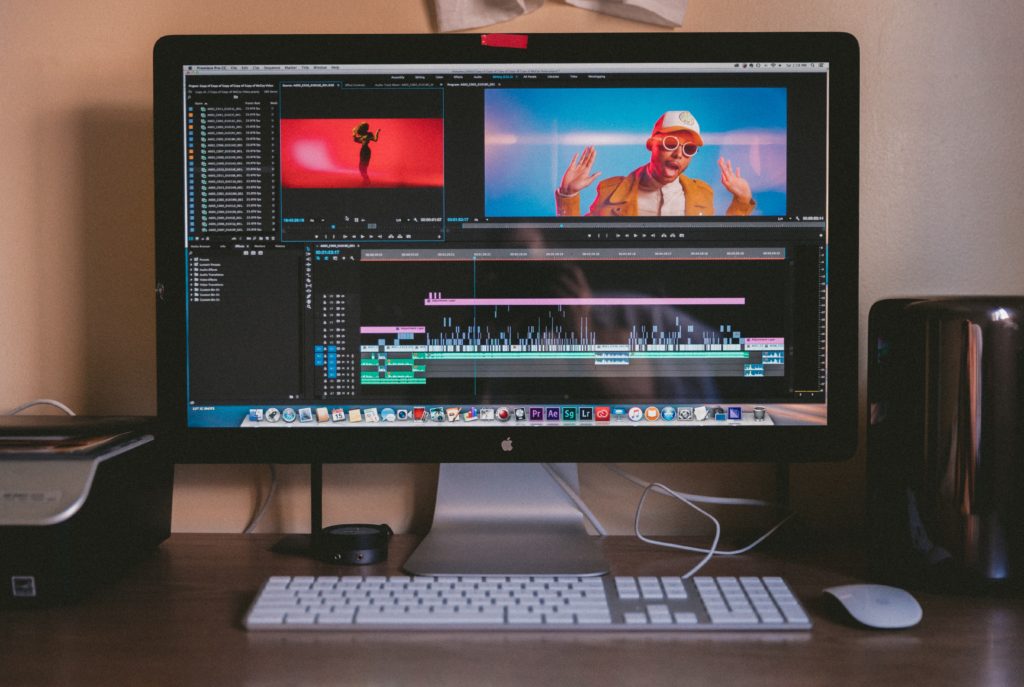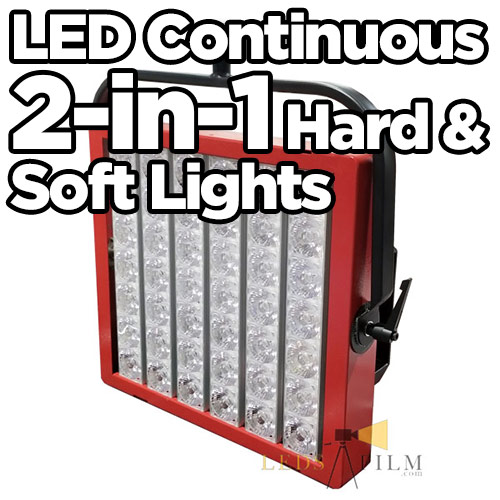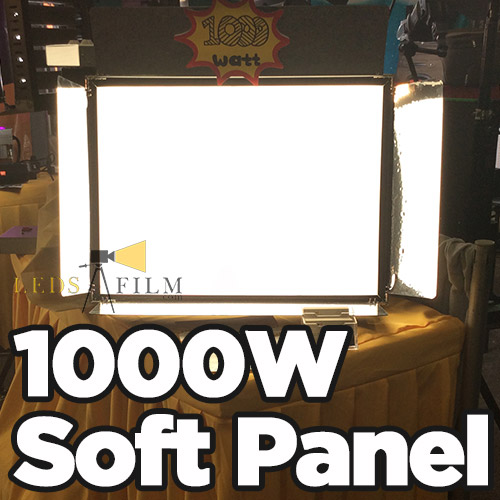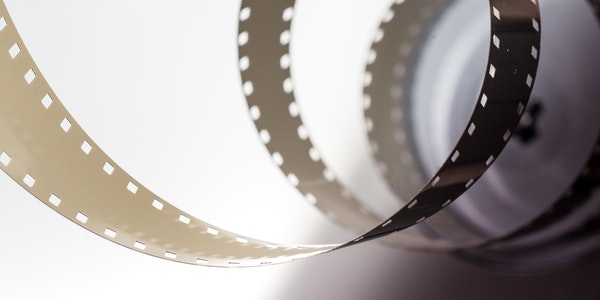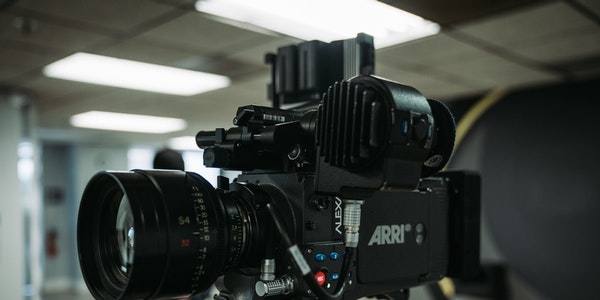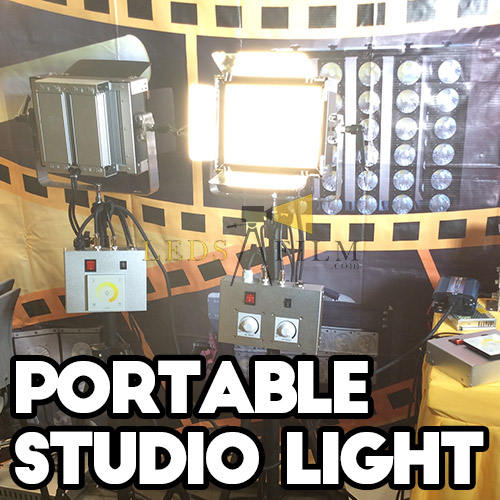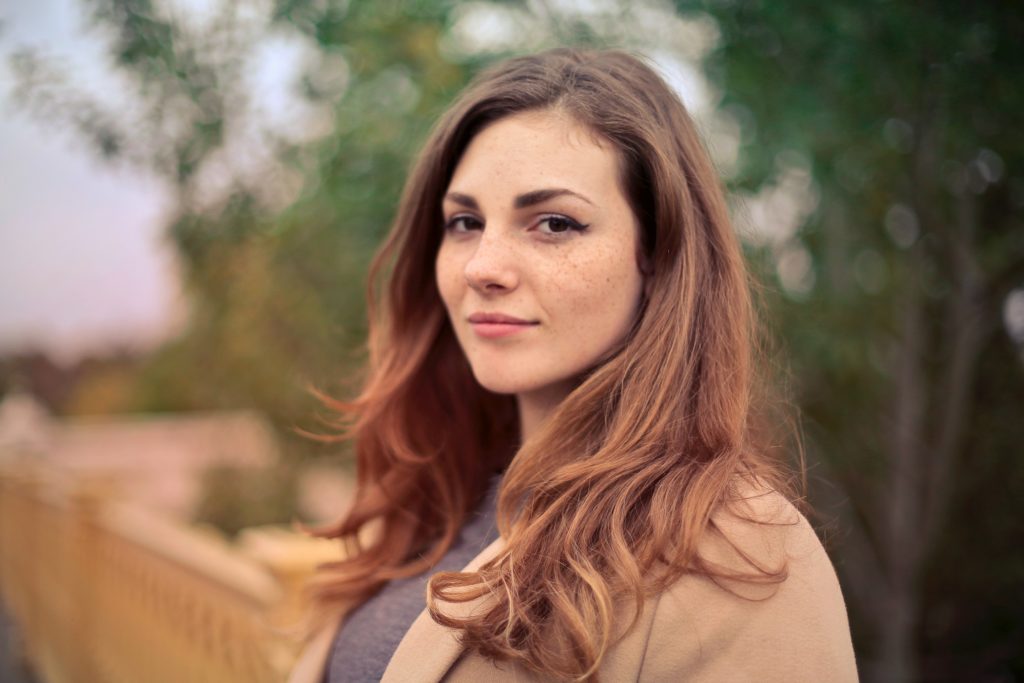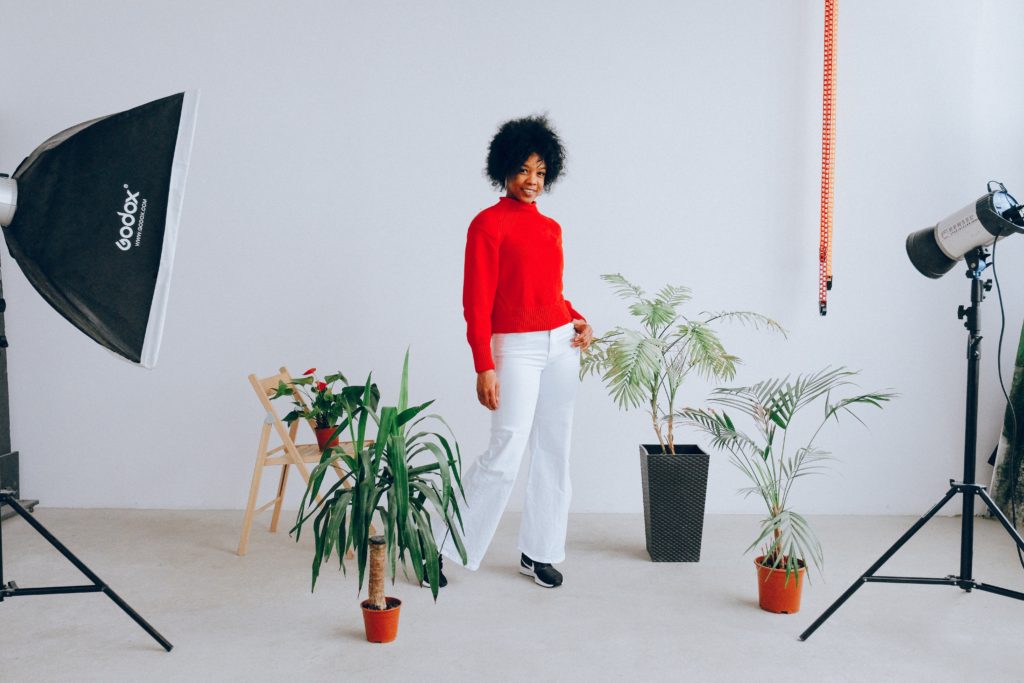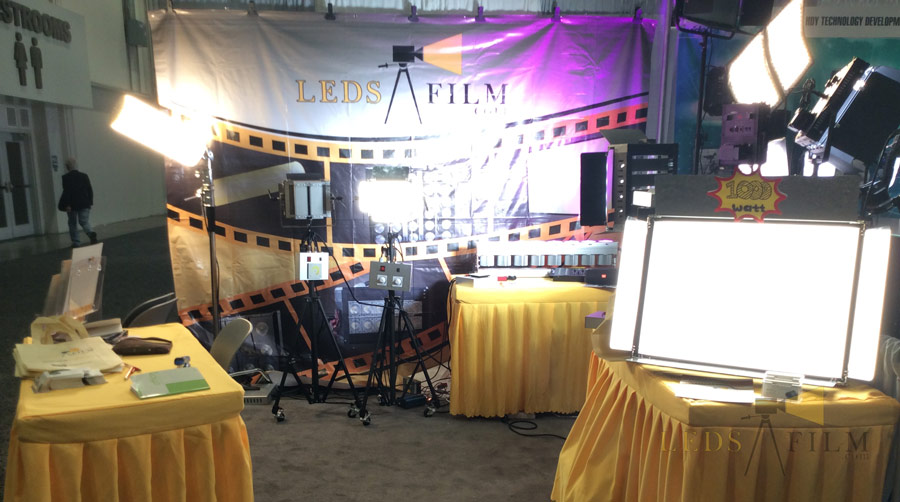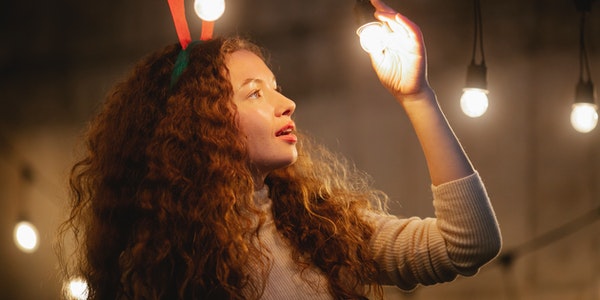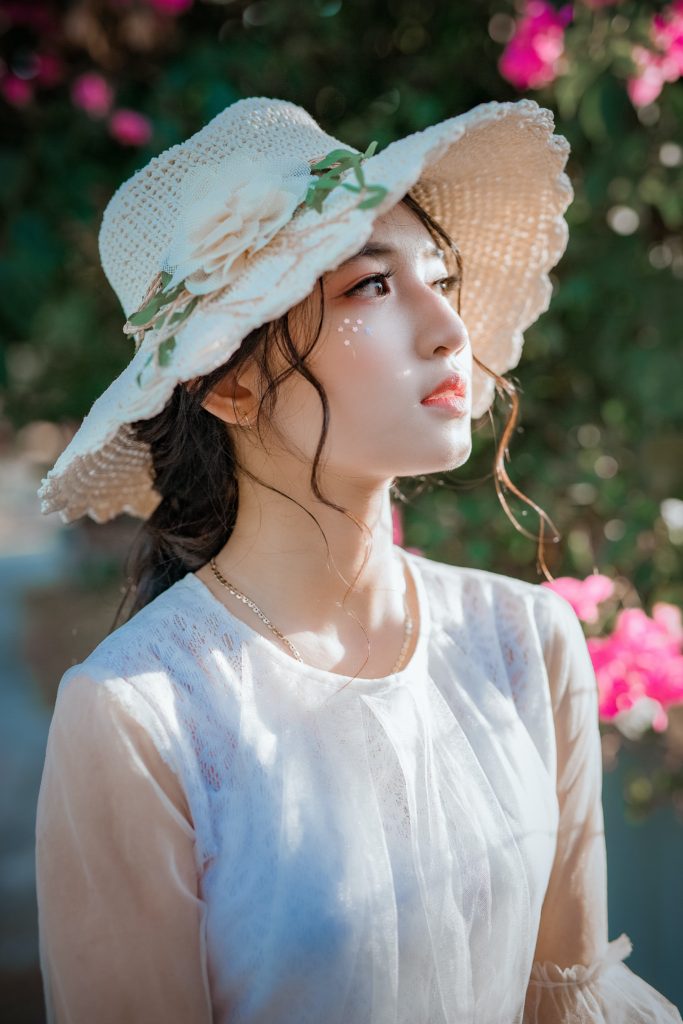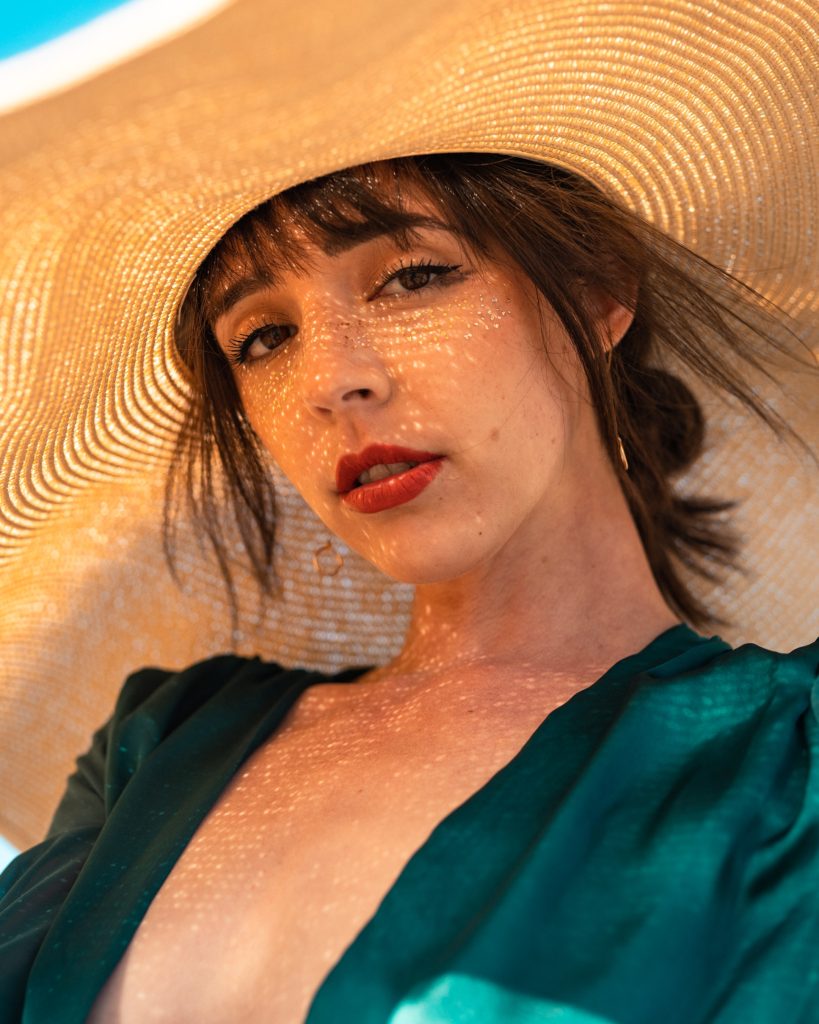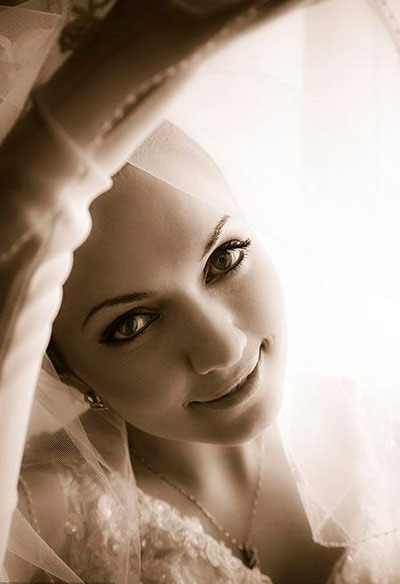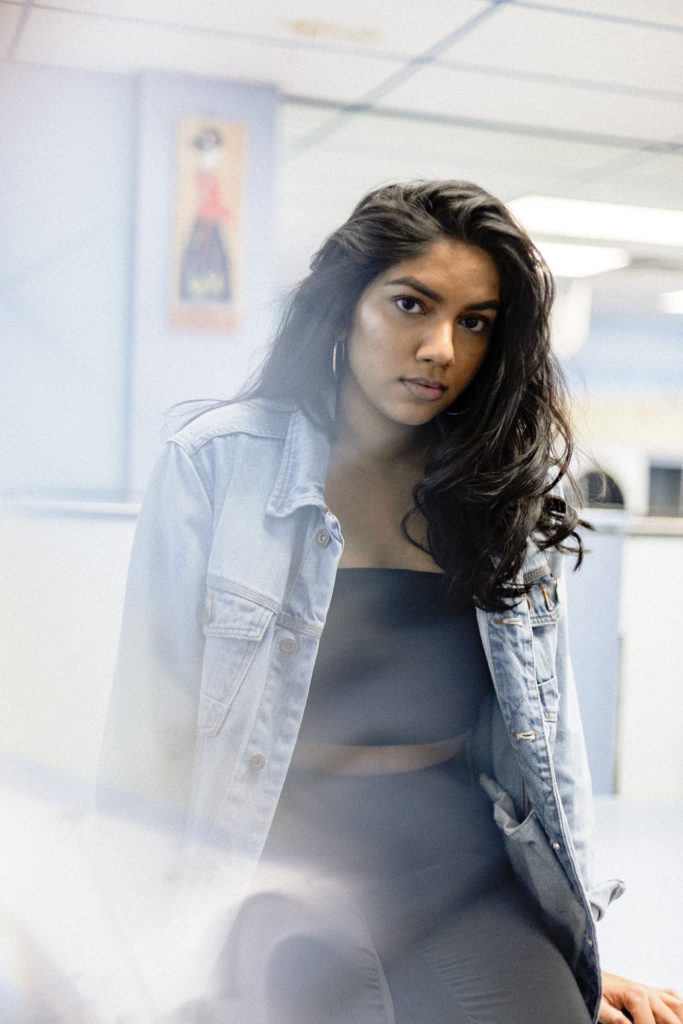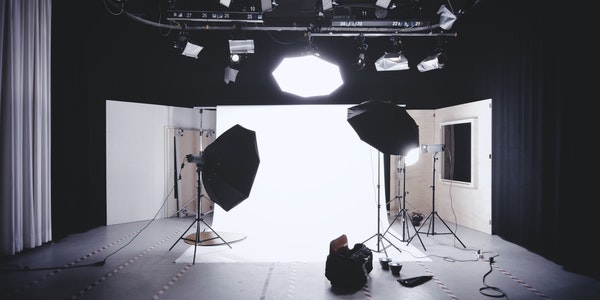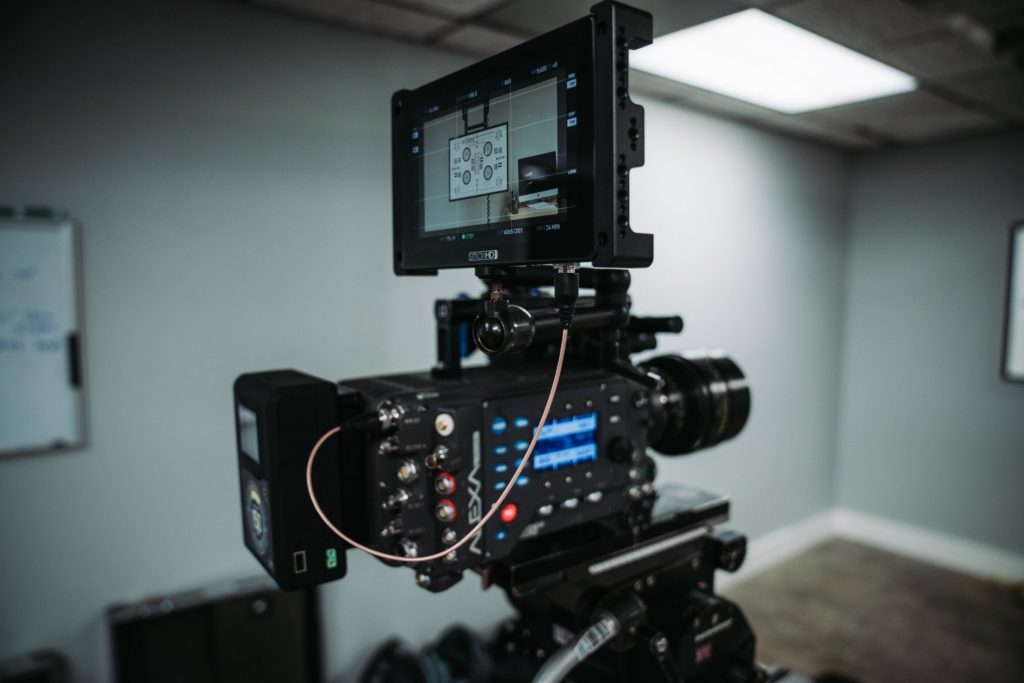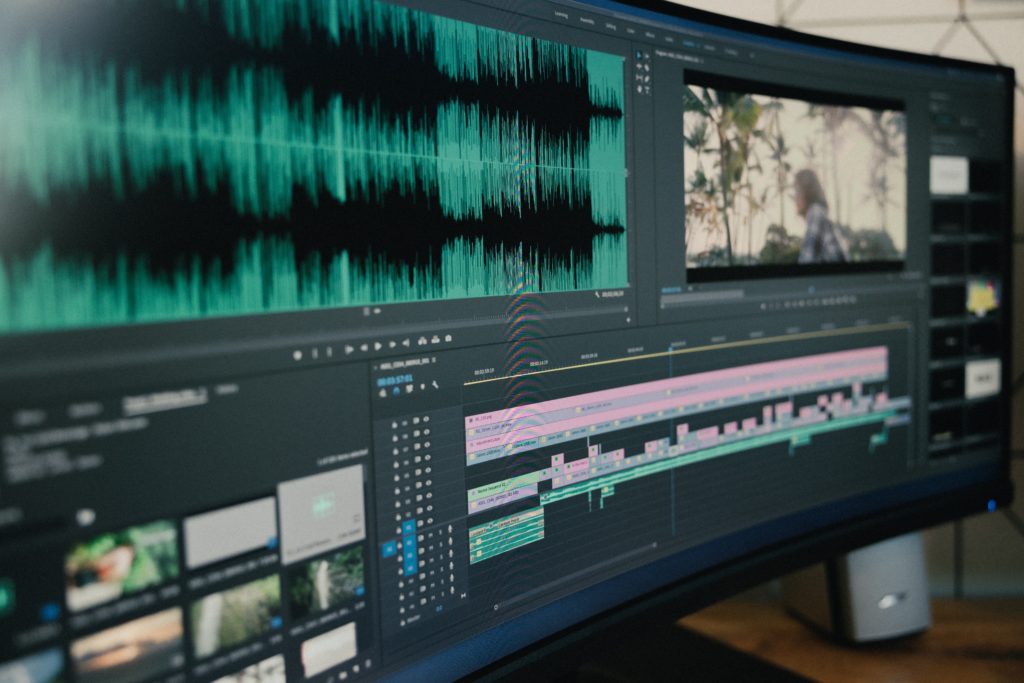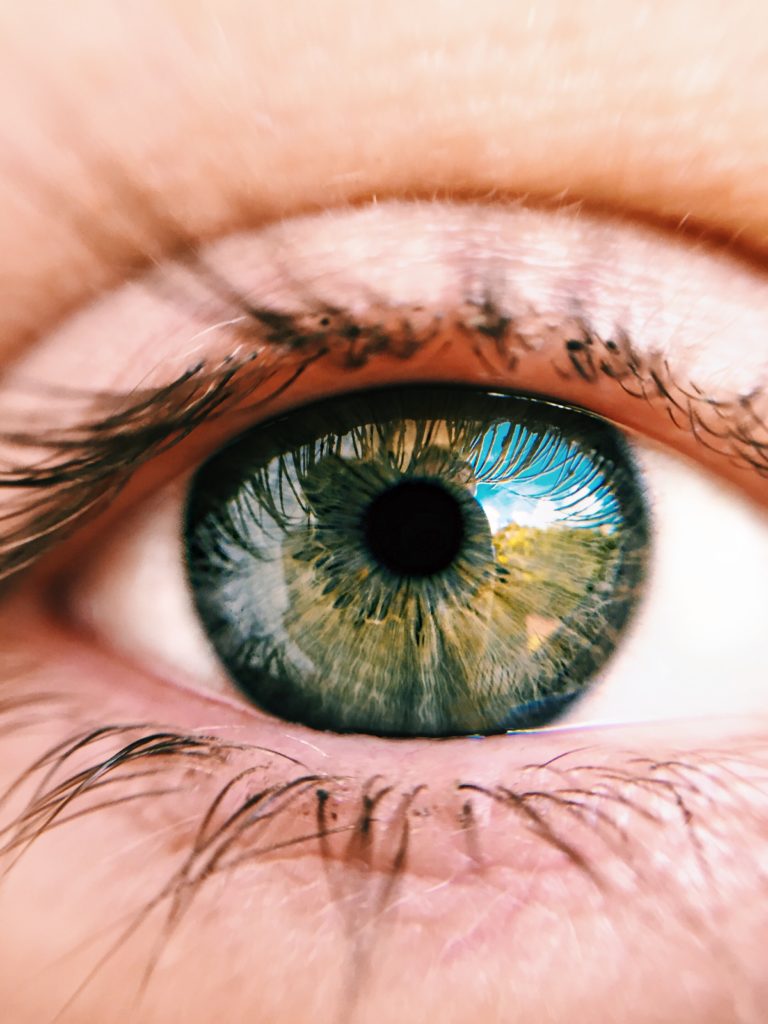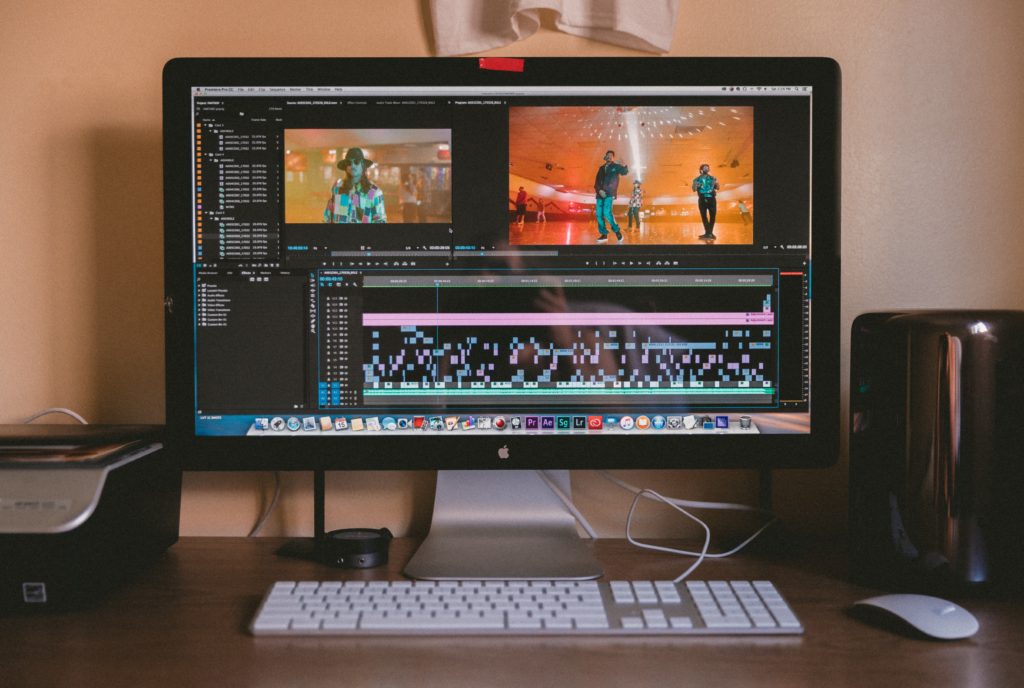Spatial Performance
The photographic picture is not just for the purpose of reproducing the real space. In order to express certain subjective emotions and create inner visual images, the creators also deliberately use various photography techniques to change people’s impression of real space, transform the space, compress the combination of multiple spaces, and achieve the expression of space. Sexual purpose.
Space deformation has a great expressive and emotional meaning. For example, in the film “Yellow Land”, Cui Qiao walked toward the screen with a bucket on the riverside on many occasions. Through the compression of the space by the telephoto lens, people feel that Cui Qiao is always full of the water of the Yellow River behind him, and feel the Yellow River. The warmth and softness of and her love and dominance of Cui Qiao make the characters deeply embedded in the Yellow River.
In the film “Reaper and the Girl”, a scene in the delivery room, the photographer uses a small depth of field to shoot rows of newly born little lives. By adjusting the focus, the clear point of the picture is turned from the first baby to the farthest one one by one, creating a sense of floating, as if a bud burst out of the ground.
The means of expression of photographic modeling space can also constitute image forms of imagery and abstraction. Using this form of imagery, the main purpose is not to express the object, but to describe the mind and the relationship between “god” and “shape”, it is to give up “shape”. Asking for “God” means “giving up images and asking for meaning” to focus on expressing strong subjective affection, while also permeating the creator’s subjective emotional judgment.
For example, the famous American film “Apocalypse Now” used a set of imagery expression techniques at the beginning of the film. In the Vietnamese jungle before dawn, there was a ray of light in the sky. The quiet, sad male solo and accompaniment piano sound floated from a distance, and then from a distance came the sound of a relaxed and tired helicopter motor, and then two straight. The skid of the lifter skimmed across the screen slowly. The emotional stimulation of this “shape-space” vocabulary is extremely strong. We feel that the jungle has been destroyed or will be destroyed, or the jungle contains human nightmares.
The story has not yet begun. There is no plot, no action, and it is not the specific location where the story will unfold. Instead, the metaphor of photography reflects the creator’s worries and sadness for the fate of mankind, as well as the compassion for nature.
The picture was followed by a helicopter overprinting the captain’s head, with the top of his head facing the bottom of the screen, as if the entire human world was turned upside down. The captain’s eyes opened and closed looking at the human world outside the painting. Whose eyes did this represent? ? Is it the captain of the play, the creator, or the audience? It seems to be both and none of them.
In short, this is a pair of eyes looking at all human beings, coupled with the sound of airplane motors, to form a group of extremely abstract shapes—spatial images. Once this image appears, it previews the macro perspective of the film. The deformation of space has actually changed the space ratio between objects and people, achieving a certain visual emphasis and suggestion.
The combination of different spaces in the same picture is a way of expressing the space of modern film and television photography, and it is also a way of constructing montage inside the picture. This combination of artistic charm brings people a composite vision, which enables the picture information to experience the three-dimensional and diversified display of changes in different spaces at the same time of appreciation. For example: processing the performance of a singer on the TV screen, the same screen frame, a panoramic view and a distant view appear, and the actor’s posture, demeanor and expression of the painting department are displayed to the audience at the same time. Another example is the combination of the real space of the characters and the fantasy space in the TV. One frame contains multiple pictures and several different spaces, which will bring a new era to the film and television space.
Film and television photography has two forms in dealing with spatial objects: either faithfully reproduce the original appearance of the space, or artistically fictional the space, making the space exaggerated and deformed. The former is to maintain the “spatial reality” by moving the bionic eyes of photography to give us an immersive feeling, while the latter is to create a new comprehensive overall space through the division of the lens and combination. This space may be unified in the eyes of the audience, but in fact it is the combination of irrelevant shots from different places and times. Kurišov’s “Creative Geographical Experiment” is a typical example.
Engels wrote in “Anti-Duhring Theory”: “The basic form of any existence is space and time. Existence outside of time and existence outside of space are equally absurd.” Therefore, the coexistence of space and time in film and television is like a weight in a scale, and the weight of the two should be equal. Only in this way can we exert a powerful shock in future artistic creation.
Narrative Requirements
Film and television art also has high requirements for narrative. Film and television narration should pay attention to the story and plot. A story mainly means that the occurrence of an event or the resulting behavior is told as a result. The plot refers to the connection, contradiction, sympathy, dislike and general mutual relationship between characters. Only by clarifying the two can the narrative be grasped well.
In news narratives, we must also pay attention to details. The so-called details refer to certain “close-ups” in the film and television works that can reflect the essential characteristics of things and reveal the connotation of the work. It is the deliberate depiction and prominent expression of specific information elements in the film and television works.
In addition to details, there are conflicts. Conflict not only generally emphasizes the causal connection of events, and emphasizes that the development of events must be promoted by certain reasons, but also emphasizes that the generation, development and final outcome of time are all brought about by contradictions and conflicts between characters. In addition, when narrating, one should also pay attention to time and space, characters and themes, pay attention to narrative mode, adopt rhetoric and suspense, and make the narrative text more popular.
The production process of film and television art, from the preliminary preparation to the later planning and marketing, the author has done a comprehensive analysis. It expounds the current situation of film and television art production, the existing problems, and puts forward effective solutions to the problems.
The driving force behind the development of film lies in the strong desire of mankind to try to transcend the limitations of time and space since ancient times. The advancement of science and technology has finally given mankind the material means to conquer the limitations of time and space. At the same time, the invention of film not only gave birth to a new art form, but also profoundly affected people’s traditional way of thinking.
A movie is a process in which moving images are recorded on a film or other carrier through a camera or other audiovisual information recording means, and then these moving images are mapped onto the screen or other viewing carrier through a projector or other projection equipment. When the movie was born, when people played with this toy, they found that it could not only record a simple action, but also record meaningful facts, important historical events, and narrate through records. As a result, movies have been included in the category of language symbols for human communication of thoughts and feelings.
(To Be Continued)

